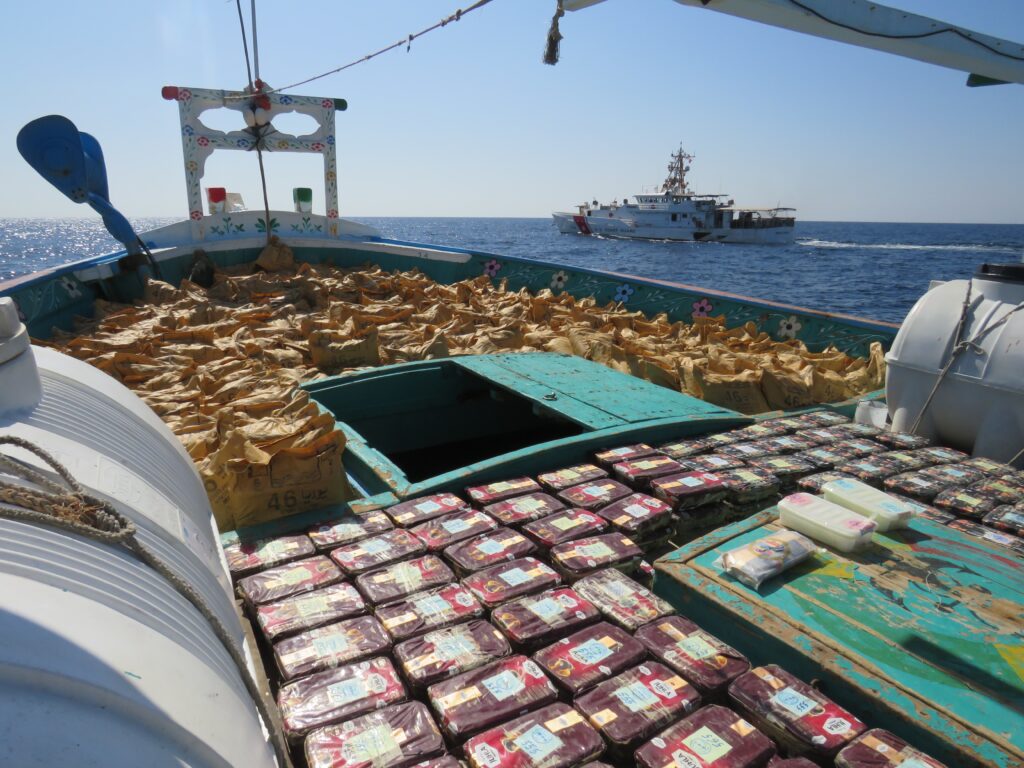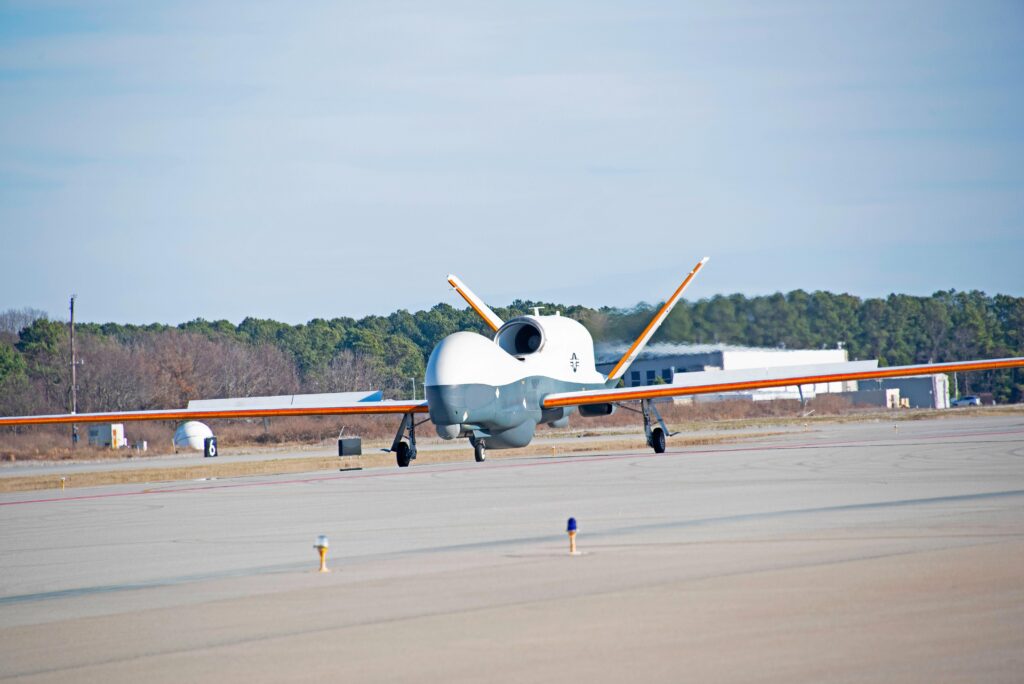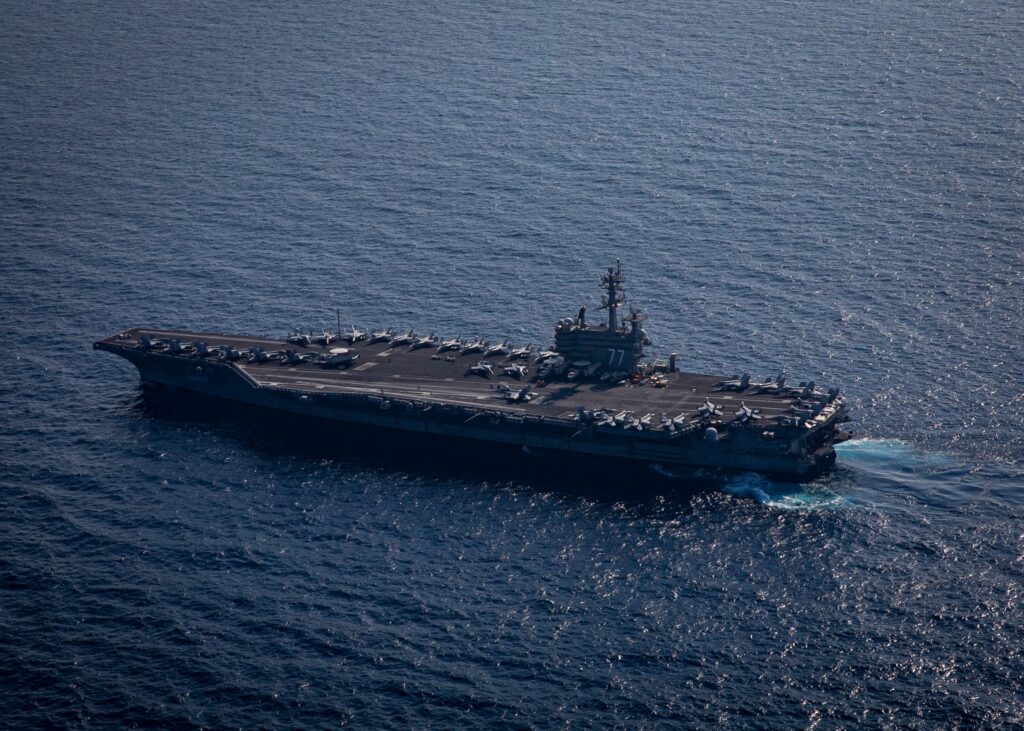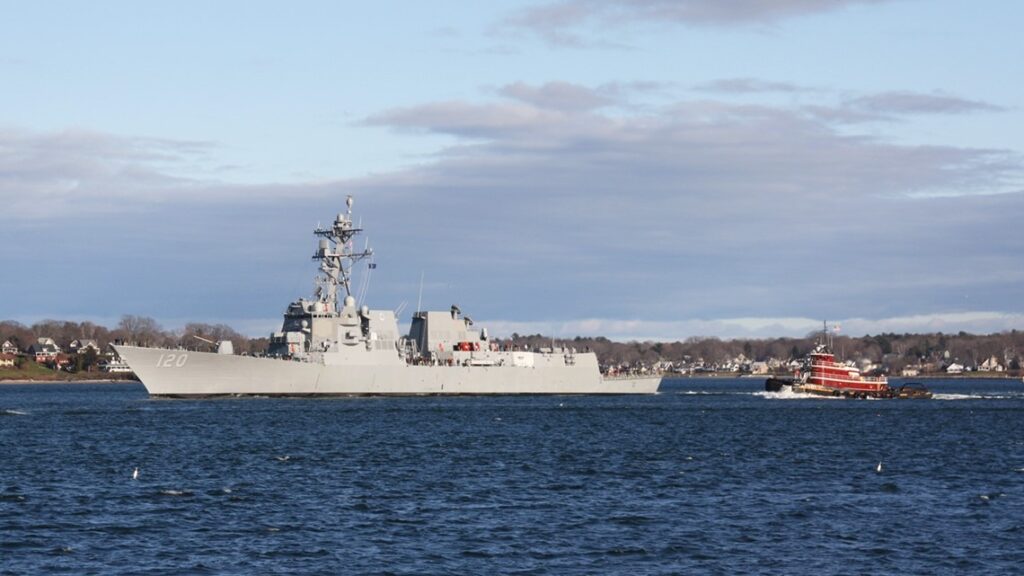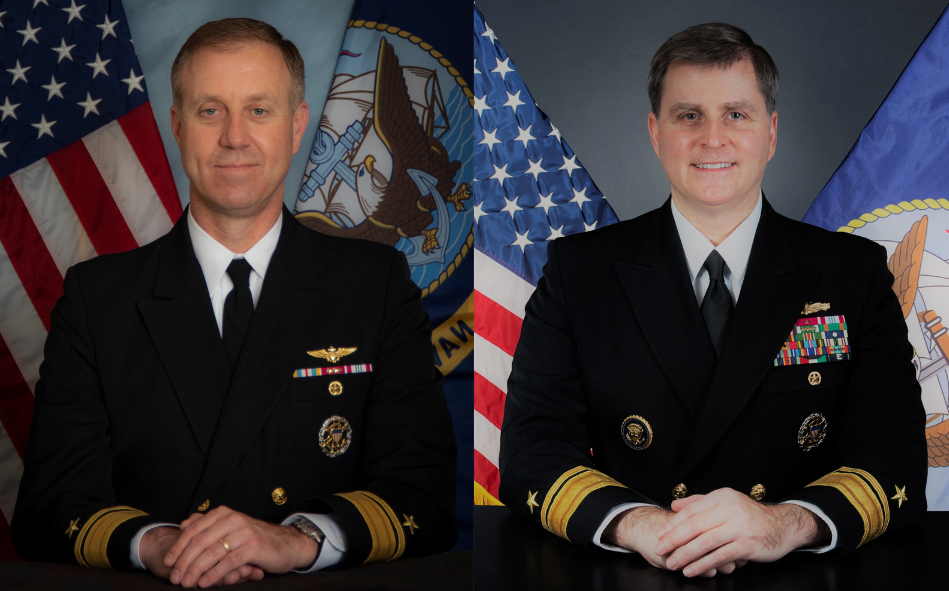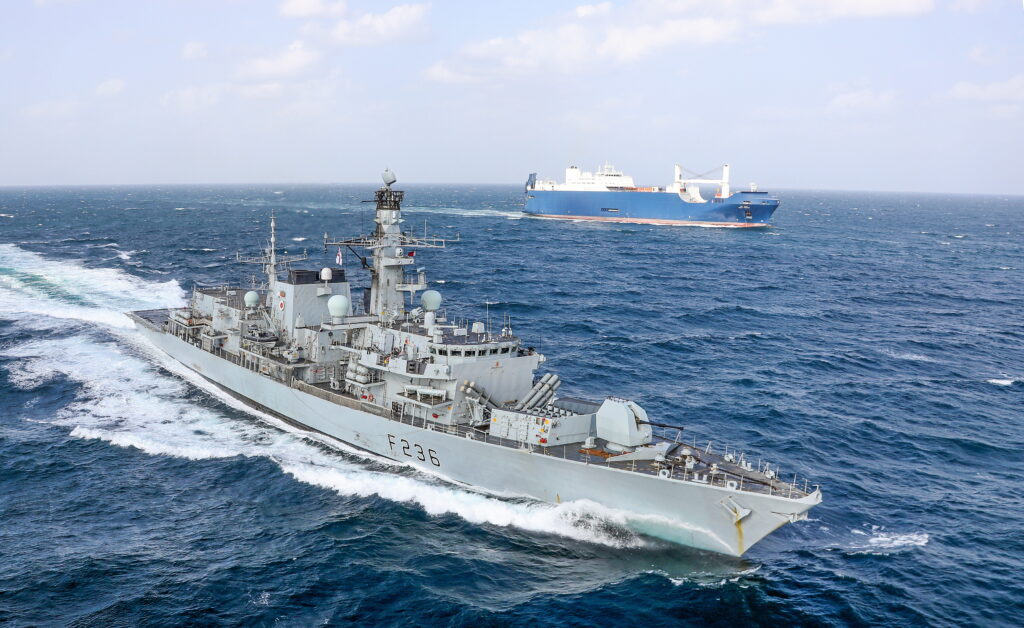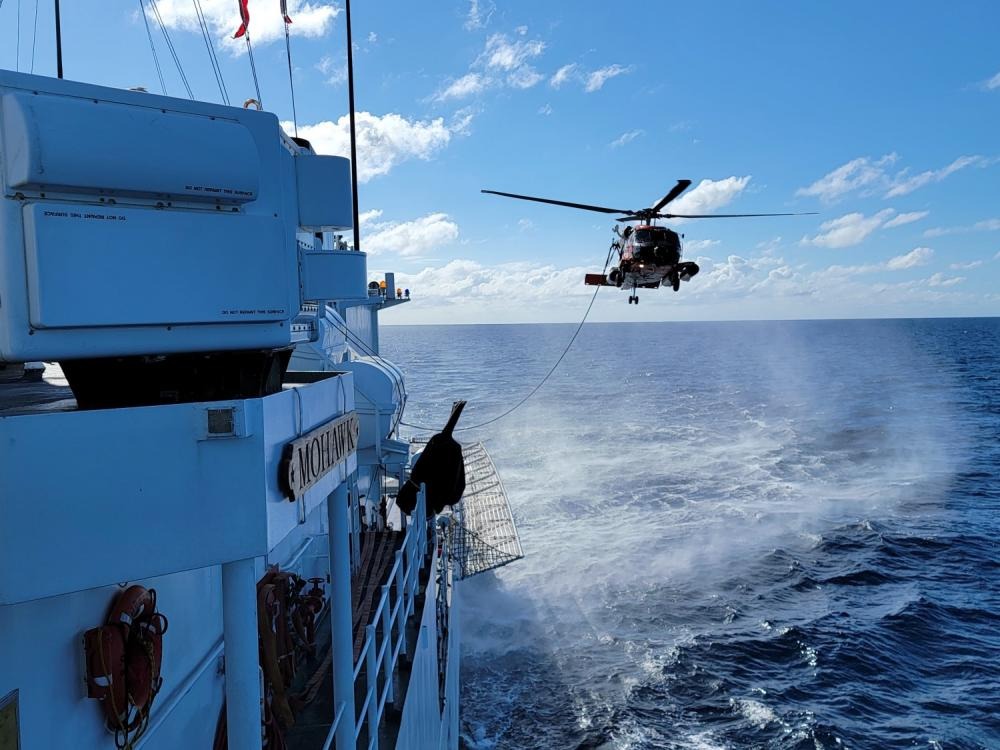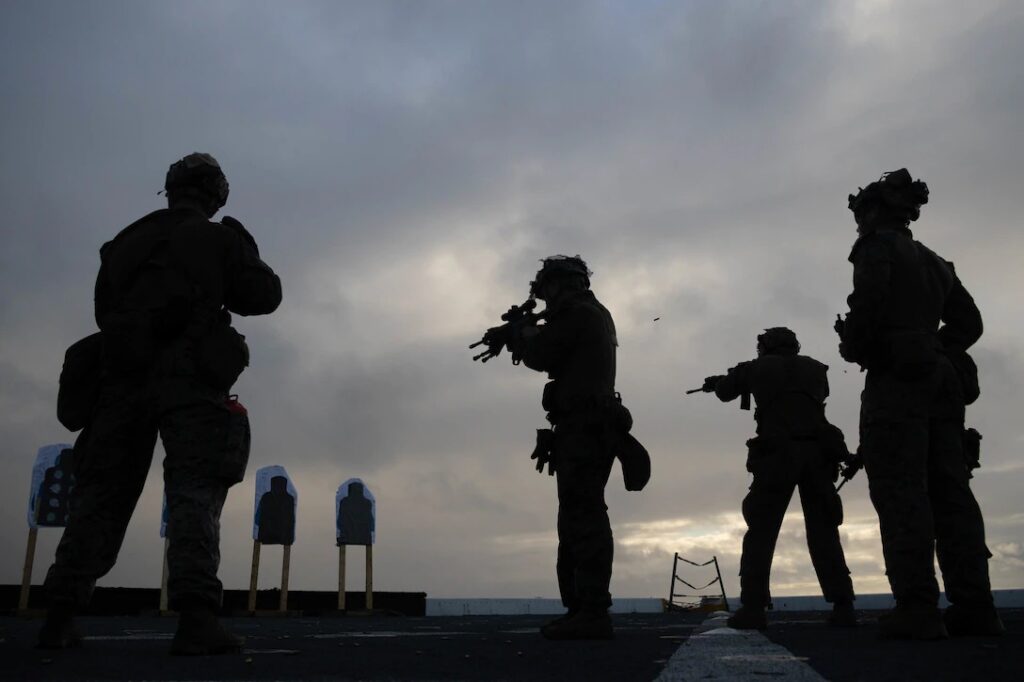Navy Is Sustaining 10 Operational MQ-8C Fire Scout UAVs; Rest in Storage
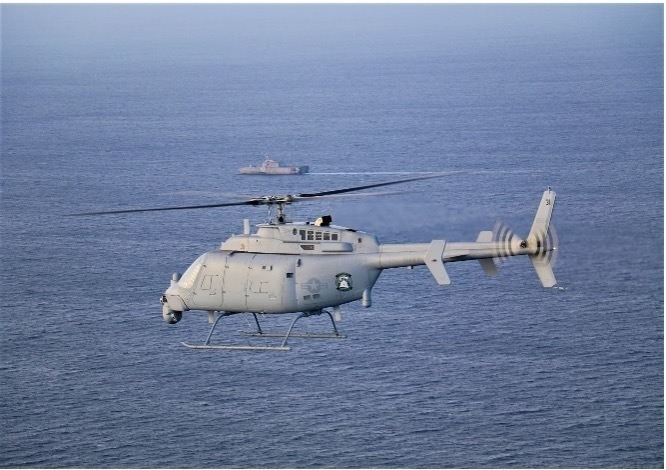
*******
ARLINGTON, Va. — The U.S. Navy is operating and sustaining 10 MQ-8C Fire Scout unmanned aerial vehicles (UAVs), having place the rest in storage, from which the service can easily restore them to service. The Navy also has retired its fleet of smaller MQ-8B versions of the Fire.
According to information provided by the Navy’s Program Executive Office for Strike and Unmanned Aviation, the Navy will keep in service 10 MQ-8Cs in service of the 38 procured and keep the remaining MQ-8Cs in Level 2 preservation.
Last year the Navy moved to keep all MQ-8Cs on the West Coast, operated by Helicopter Sea Combat Squadrons 21 and 23. The decision is congruent with the stationing on the West Coast of the Independence-class littoral combat ships on which the Navy will deploy the Mine Countermeasures Mission Package. The MQ-8C, built by Northrop Grumman, is an integral module of that mission package.
“As Fire Scout’s mission sets continued to evolve, an MQ-8C Endurance Upgrade Rapid Deployment Capability (RDC) effort was approved in Feb 2012,” the Navy said. “The larger MQ-8C, based on the Bell 407 airframe, incorporates the same control avionics as the MQ-8B but with an increased payload capacity and increased endurance. The air vehicles share a common mission control system, which is integrated with the ship’s combat systems. Additionally, the MQ-8 can be controlled by the Mobile Mission Control Station from land-based and larger ship-based sites and has developed a “portable” MCS (MCS-P) that is host platform agnostic.
“Designed to operate from the Littoral Combat Ship (LCS) and Suitably Equipped air-capable Ships, the MQ-8C Fire Scout system is capable of more than eight hours of operations providing coverage out to 150 nautical miles from the host ship,” the Navy said. “A baseline payload that includes electro-optical/infrared sensors and a laser designator enables Fire Scout to find, track and designate tactical targets, accurately provide targeting data to strike platforms and perform battle damage assessment. The system provides a significant improvement to organic surveillance capability.”
The Navy will add an optical mine countermeasures payload to the MQ-8C in the future.
The first deployments of the MQ-8C began in 2022 on USS Milwaukee in the 4th Fleet and USS Jackson in the 7th Fleet during 2022.
The Navy retired its fleet of MQ-8Bs by October 2022 after 13 years of operations, including operations from frigates off Libya and two years of operations inside Afghanistan. The MQ-8B deployed on board an LCS for the first time in 2014. The Navy procured a total of 30 MQ-8Bs from Northrop Grumman.

